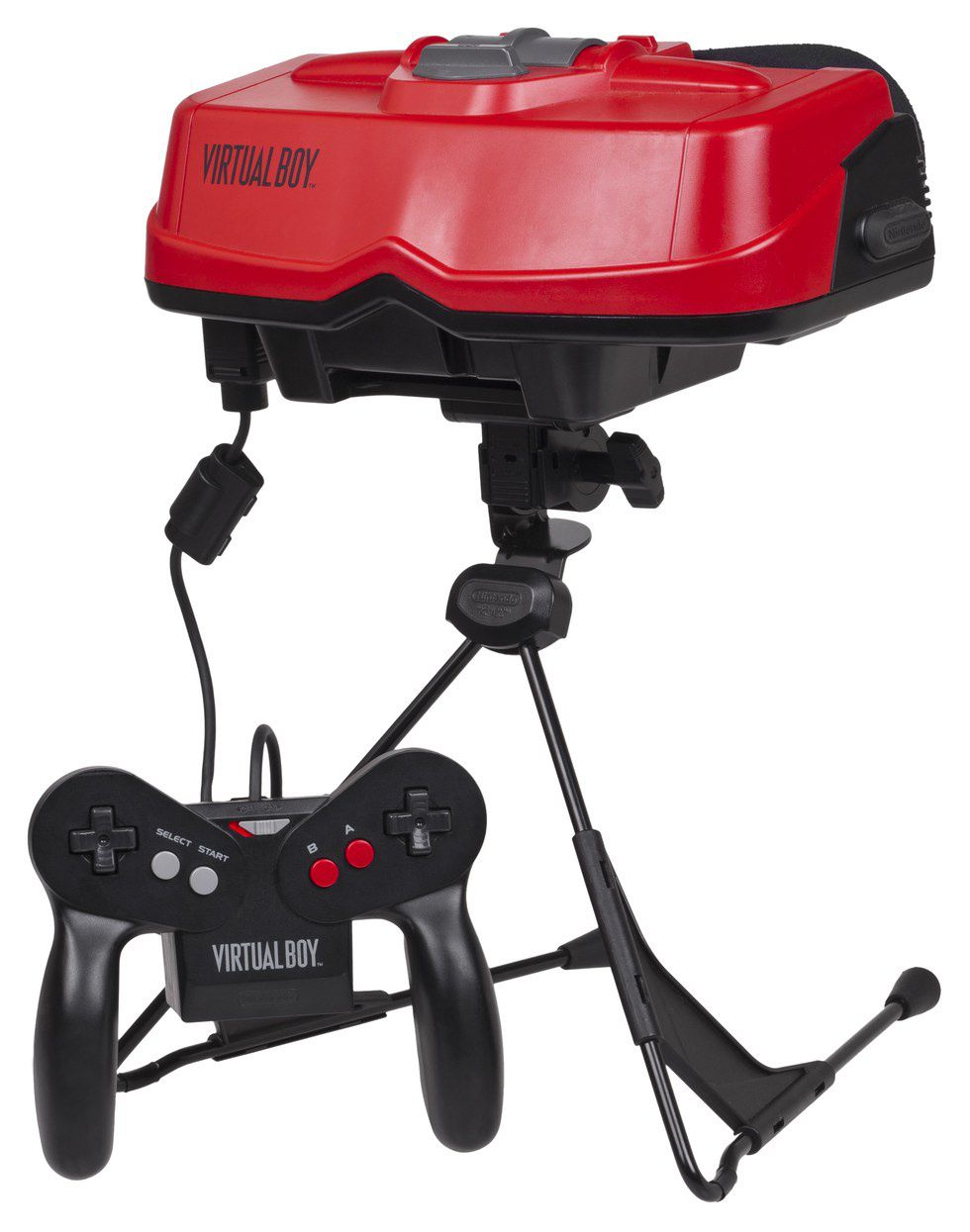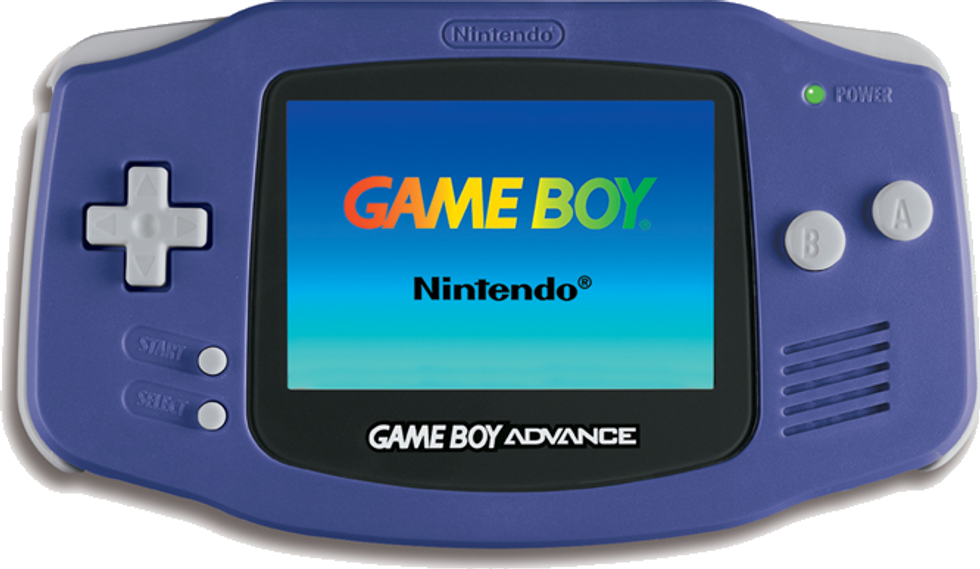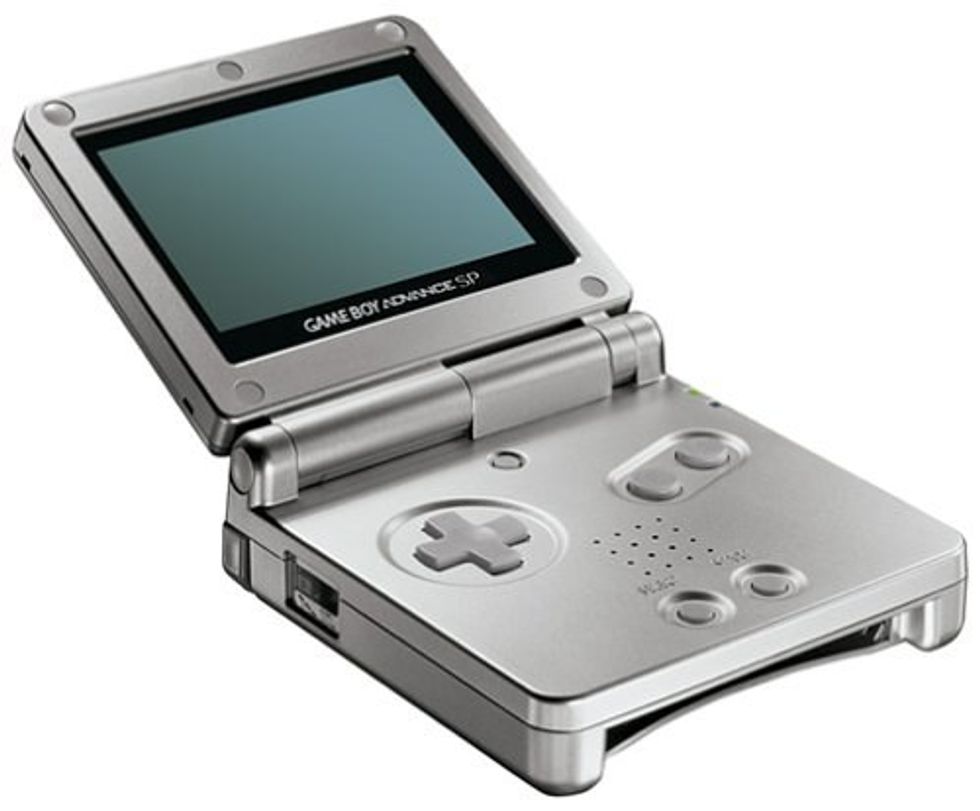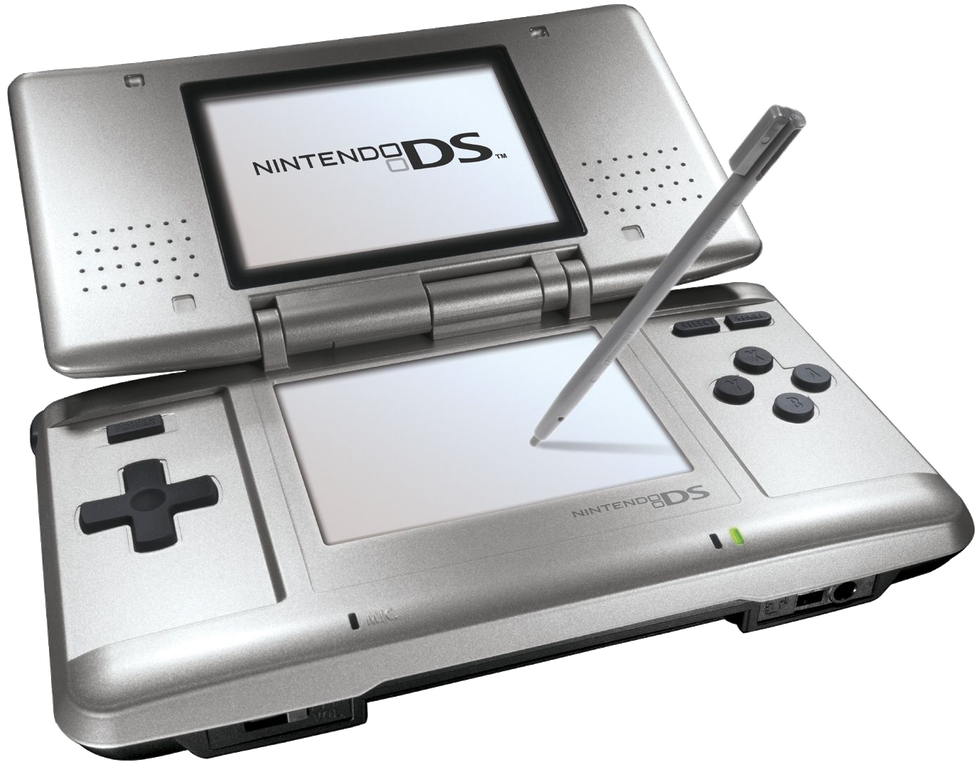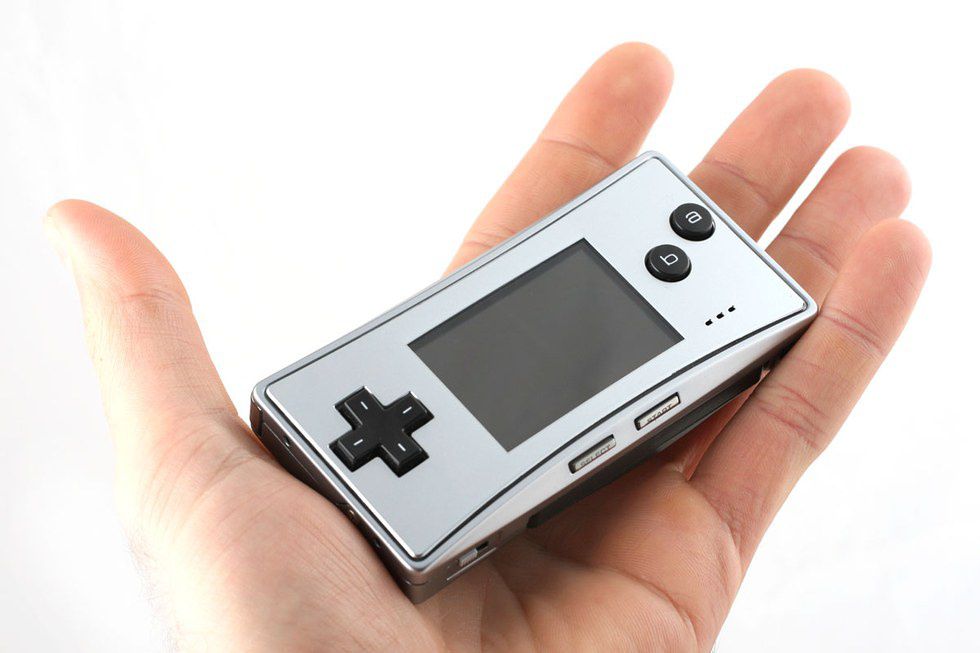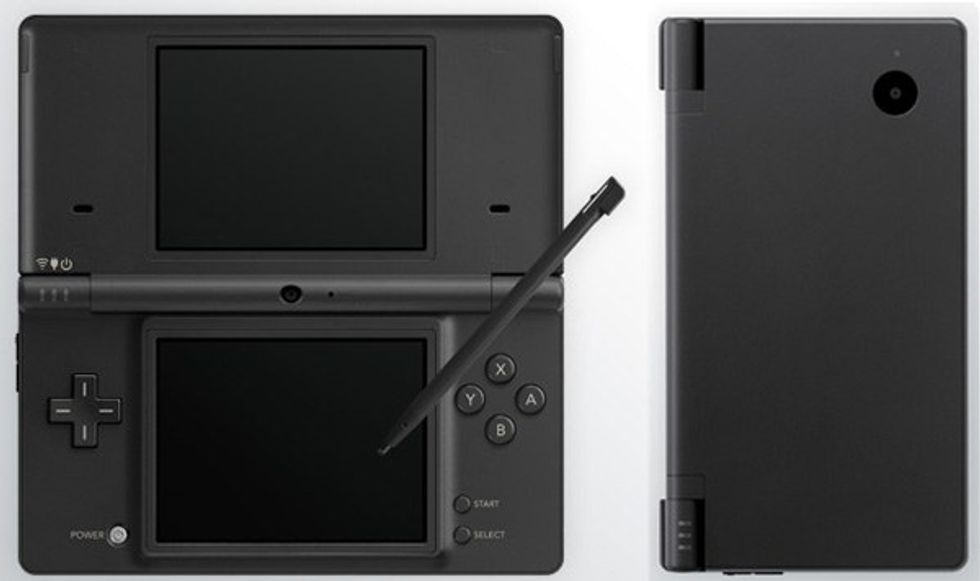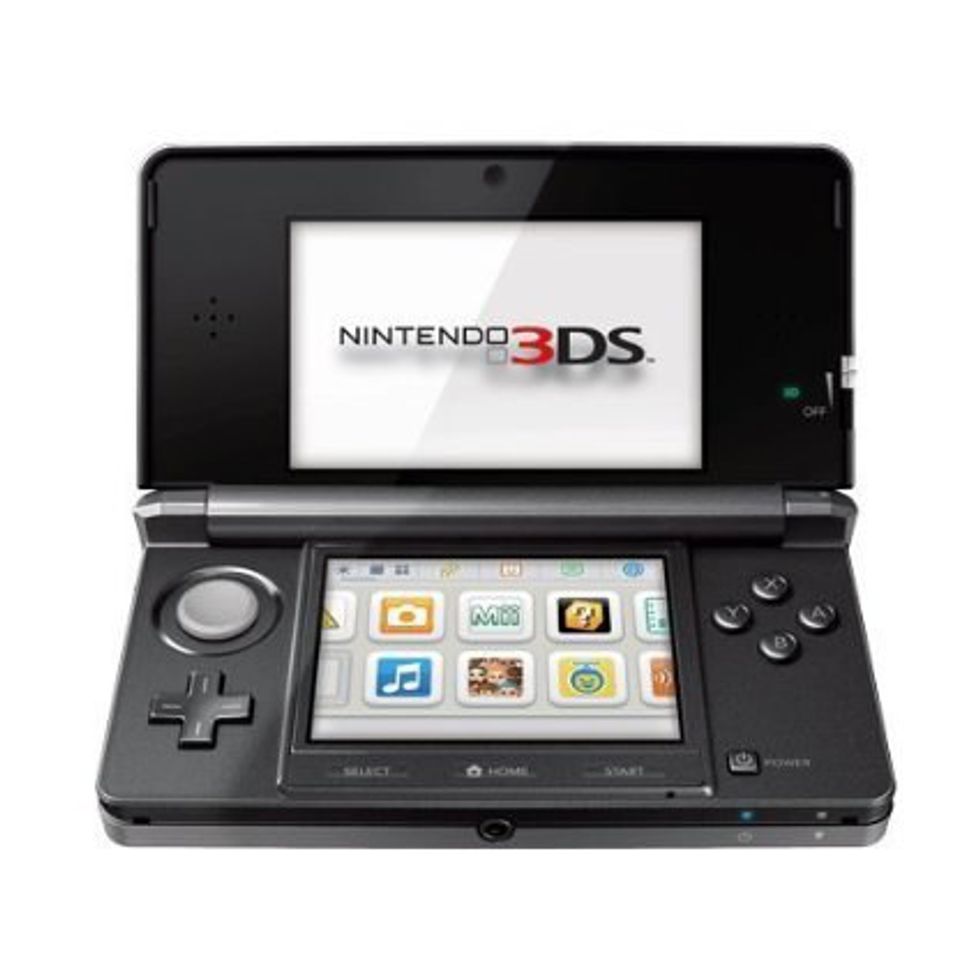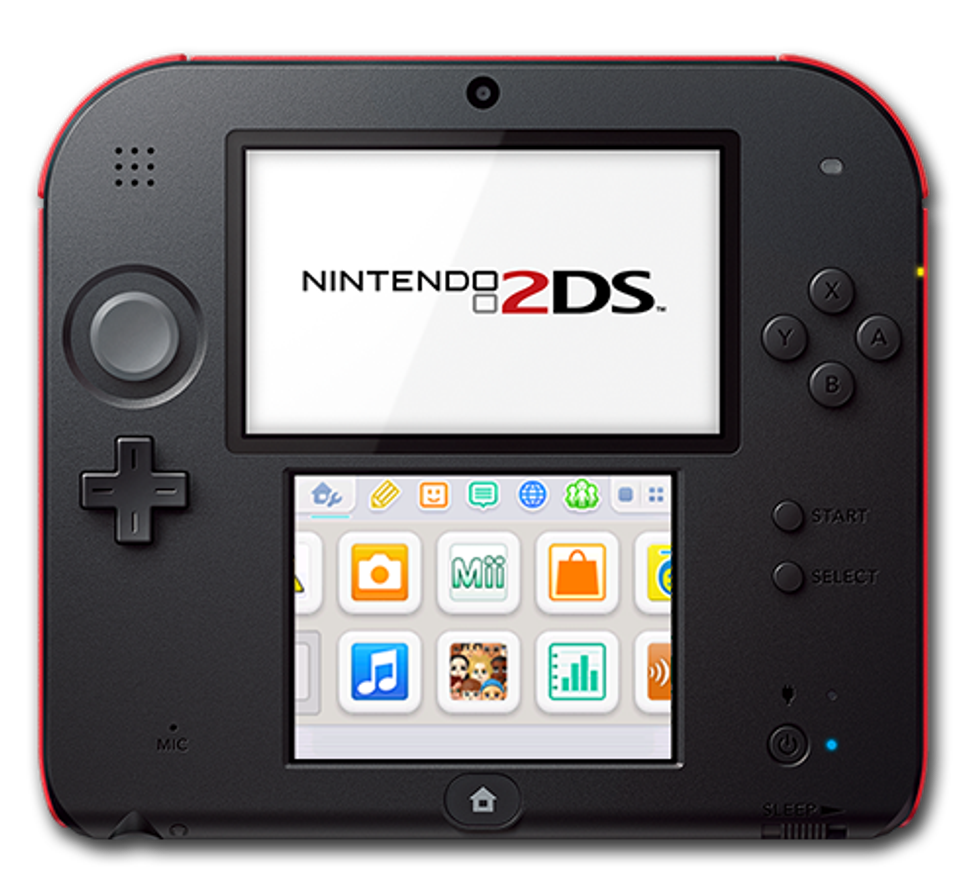If you’ve ever played any kind of video game, you would know about one of the most well-known video game brands in the world: Nintendo. But for those of you how don’t know, Nintendo is a “Japanese multinational consumer electronics and software company headquartered in Kyoto, Japan” (Wikipedia). By net worth, Nintendo is one of the world’s largest video game companies that was founded on September 23, 1889 by Fusajiro Yamauchi. Being one of the most known video game companies in all parts of the world, they’ve definitely had to keep up with all of the other companies out there by coming up with the most new and exciting product and Nintendo’s name is definitely stamped on hundreds of products. For Nintendo, this hasn’t seemed very difficult but not every fan of Nintendo has enjoyed every product they’ve made. This article will give a brief explanation of every handheld product Nintendo has made throughout the year.
Game & Watch (1980)
Recommended for you
Game & Watch is one of the first known handheld gaming systems created by Gunpei Yokoi for Nintendo. The console featured a single game named Ball which featured a character that juggled two black spheres up and down. The system eventually designed other games, such as "Flagman", "Vermin" and "Fire" to name a few, each with it's own unique console. The Game & Watch series was retired in 1991, though brought the Game & Watch character back in more recent games such as Super Smash Bros. Melee and Super Smash Bros. Brawl.
Game Boy (1989)
The first of many versions of the Gameboy series. Created by Gunpei Yokoi as well, the Gameboy was the first system to introduce carriage based video games, featuring LCD technology just like the Game & Watch series. But unlike the Game & Watch series, Gameboy's LCD was pixel-based and featured four shades of gray.
Virtual Boy (1995)
This grill looking contraption was definitely one of Nintendo's biggest fails when it comes to gaming consoles. Described as not exactly a handheld, but also not a console either. Battery powered and had the same LCD display as the Gameboy, Virtual Boy's biggest step was its 3D visual capabilities. Though technology wasn't as advanced yet to have true 3D visual, Virtual Boy featured "two LCD screens, one for the right eyes, and one for the left and by using visual techniques of offsetting the image, the two eyes worked together to give the player the illusion that images were closer or further back. Visual Boy was Gunpei Yokoi's final creation for Nintendo before he died in 1997.
Game Boy Pocket (1996)
Six years after the Gameboy platform was created, the Gameboy pocket was the first redesigned handheld to incorporate improved technologies in order to get costs lowered and reduce the size of the system. Though as portable the Gameboy was, it was still quite a bulky and thick product. Besides reducing the size, LCD features were also improved, as well as using AAA batteries, which differs from the originals Gameboy's AA batteries.
Gameboy Light (1997)
Though this system never made it's way out of Japan, I still decided to add it to my evolution article because this system was still a stepping stone in the Nintendo and Gameboy franchise. The main reason this system didn't make it out of Japan was because there isn't much of a difference between Light and Pocket other than the Gameboy light having the ability to game in low or no light conditions. The biggest problem with LCD technology is without light, you can't see one freaking on the screen. Basically if you wanted good battery life on your device, you had to sacrifice being able to play in little or no lighting.
Gameboy Color (1998)
The biggest step for the Gameboy franchise was definitely the development of the Gameboy Color. Being 100% compatible with all Gameboy games released prior to this system but with a new colored twist to them. The biggest change being the TFT reflective LCD screen technology, the Game Boy Color did no have a backlight, but instead required illumination from the light source outside of the screen in order for it to reflect back at the player.
Game Boy Advance (2001)
Definitely my favorite installment of the Gameboy, as well as the system I used the most growing up, The Gameboy Advance has been described as a breath of new life when it comes to the portable market with advanced system technology. The biggest difference from previous Gameboy systems at this point is it's horizontal shape, the wide configuration giving the player two shoulder buttons as well as L and R trigger buttons. Also the Gameboy Advance features reflective TFT LCD to keep battery consumption low.
Gameboy Advance SP (2003)
The Gameboy Advance SP was born out of complaints from previous Gameboy users who were sick of the non-lit LCD screen. Introducing the cellphone-like clamshell design, enabling users to close the system in half and pocketable. And to make the system small and pocketable, Nintendo incorporated a built-in rechargeable battery.
Nintendo DS (2004)
After the Gameboy Advance system being so popular in it's time, Nintendo creating the Nintendo DS was a toss up. It would either tank or grow to oversell the 100 million units of Gameboy Advances sold worldwide. The Nintendo DS was certainly an advanced model, being a handheld system with two backlit, equal resolution screen as well as keeping to the Gameboy Advance SP clamshell design. And the biggest advance being the bottom screen being touch sensitive, the system coming with it's very own stylus. The one thing hat consumers seemed to think that lacked with the Nintendo DS is the fact that it was Game Boy Advance compatible but NOT Gameboy Color compatible.
Game Boy Micro (2005)
What I would call a huge step back for the Game Boy franchise, the Game Boy Micro is exactly what it sounds like: a tiny version of the Game Boy Advance. In my opinion, Game Boy Micro is just one of those lost systems that people never bought or talked about, but it deserves a spot in the evolution nonetheless. But just look at the image - literally fits in the palm of your hand! I don't know how many of these were sold, if any, but I'd say the Game Boy Micro wasn't worth anyone's money.
Nintendo DS Lite (2006)
Though I love my original Nintendo DS and think it's perfect the way it is, Nintendo did release and thinner and lighter version of it called the nintendo DS Lite after consumers were complaining that the DS was too chunky and almost ugly looking, even for it's advanced technology. Besides its style, the Nintendo DS Lite also had improved screens with brighter and more vibrant displays and the stylus even grew a little thicker.
Nintendo DSi (2008)
In just the two years about the Nintendo DS Lite came the newest version of the DS with more advanced technology and hardware. Though I don't see much difference between the Lite and the DSi physically, it's what's on the inside that matters, folks. The Nintendo DSi has many advances such as bigger screens, built-in regrettable media for software downloads, an SD card slot for external media, built-in cameras for picture-taking and audio recording and playback compatibilities.
Nintendo 3DS (2011)
The 3DS has everything everyone's been expecting in a handheld system expect one big advance being it's 3D feature, something that's been long awaited for Nintendo fans. The 3D feature uses stereoscopic 3D effect which makes the effect possible without 3D glasses or additional accessories. When it comes to the screen size, it measures at 80.6 x 142 x 21.6mm. For battery life, Nintendo quotes about 3.5 hours of gameplay with all of its internal features turned on, such as the new Spotpass, Streetpass, Nintendo Network, Nintendo eShop, etc.
Nintendo 3DS XL (2012)
Coming out only a year after the first 3DS, the XL version of the 3DS doesn't have many differences from it's original. With a 90% bigger screen than the original, measuring out at 93.5 x 160 x 21.5mm dimensions. The battery life on the newer version of the 3DS is about 3.5 - 7 hours of gameplay, depending on what you have open on your device. Currently an owner of the Nintendo 3DS XL, I highly recommend it!
Nintendo 2DS (2013)
Nintendo is once again switching it up with the handheld systems, throwing away the folding capabilities the last few systems had and creating this open-faced system. The Nintendo 2DS gives the consumer a product with most of what the 3DS has to offer without the 3D effect on it. I've also read that the system is better for younger consumers who may be too rough with the 3DS console and snap it i half. Being a 3DS XL owner, I will admit to not using the 3D effect on my console because you have to hold it at a certain length and have your eyes at the right level for the effect to work. Though when you're at the perfect angle, the effect is still a plus to the console. I do think that this is a step back for the Nintendo franchise, but I think it was just the creators listening to their consumer and creating a system that has the power of the 3DS without the unwanted 3D effect.
Much credit to ign.com for some of the information I used from their site to create this article!






